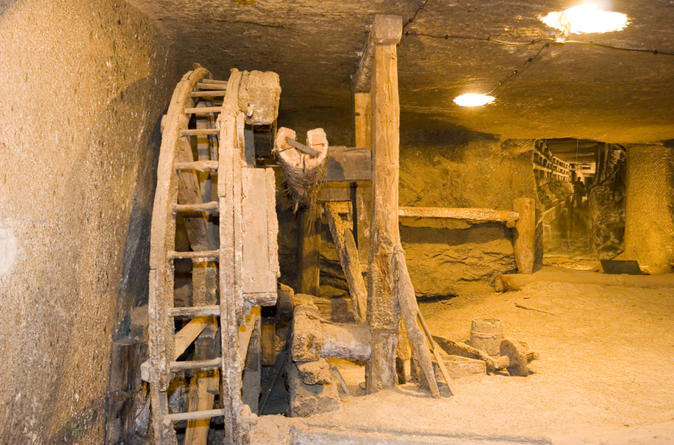The Bear-Ward Worrayskel & Thelimona:
Scarred and lamed by years of bear-training mishaps, Worrayskel was tossed out of the cities of the realm by decree banning circuses and other such 'base' or 'debauched' entertainments.
He travels with Babu the Bear, an aged trained
black bear. Babu is toothless (bite damage 1d3) and nearly blind (to-hit at -2). The large yet pathetic beast will 'dance' as well as perform simple gymnastics and mimes under Worrayskel's direction. The pair performs for a few tossed coppers at roadside performances and town markets far from the eyes of the authorities. That said, they are always prepared for quickly break shop and move along upon the approach of the local constabulary.
Worrayskel secretly makes his way as an informant and occasional courier for an ousted faction in the capital...
Travelling with Worrayskel is his niece Thelimona, a girl of indeterminate age (somewhere in her teens). Thelimona was training as a dancer and tumbler for the circus prior to the recent purges. She now dances at taverns and has begun to ply her trade as a prostitute. She is self-educated and both speaks and reads three regional languages, as well as her numerals. She will have 1d3 books of varying value and topics that she has pinched in her 'visits' to literate clients. Thelimona is a cunning and ambitious girl, with the goal of becoming a courtier or mistress, and marrying her way into her 'betters' and potential power.
***
Iann Vohem
Vohem is a sallow youth with a haunted aura. He asks to join the party to the next town. The first evening, he graciously offers to take first watch.
Upon sleeping, goes dream-walking through PC's sleep and dreams. Those observed may have vague memory of his presence in their dreams. The sleep will be restless, and lost HP will not be regained while Vohem is present.
The youth has been corrupted by an oneiromancer as a dream-vessel. Vohem is used for remote-viewing of travelers as the magus searches for particular secrets and fears to feed his personal trove of dreams and nocturnal questings.
***
Tyr Duash
A former sapper and adventurer, Duash has had his memory wiped and corrupted by a mesmerist of some great abilities. Poor Duash often seems slightly addled, but appears to be a reliable guy underground, pointing out unreliable stone work and the occasional trap. If under the influence of heavy drink or hallucinogenics, he will remember snippets of past "lives" but has no clear explanation of reason for his memory loss. The mysterious mesmerist's motives are not clear - Duash may be an experiment, or the mesmerist is simply meddling with the poor man's mind. There is a 1d10 chance of Duash revealing some interesting or useful tidbit associated with the PC's current goals. His addled rants and stories indicate multiple episodes of mind-wipes. It is not clear if his memories are real or fabricated.
***
Padre Phred and the Cloistered Rabbits
A group of pilgrims - fervent, but mostly harmless - joins or requests escort by the PCs. They will insist on praying three times per day. The pilgrims carry a number of rabbits in cages. The rabbits do not appear to be for food or sacrifice, but are to be 'cloistered,' if anyone inquires. They are led by 'Padre Phred', a taciturn man of god. However, he bears the calloused knuckles and cauliflower ears of a former pugilist. In evening conversations, after his flock has succumbed to sleep, Padre Phred may let slip a hint of a more adventuresome and worldly past before taking his vows (he carries a cudgel - +1 to-hit/damage, unarmed dmg 1d4, expert grappler, strikes as 4th level fighter).
Kalia, Per Glennis, and Private Enos
Kalia appears as an itinerant (and possibly runaway) teen. While her dress appears rude, she is wearing good quality boots, and a keen eye will spot a fairly heft purse under her cloak. Those familiar with local gossip may recognize her as the daughter of a local noble who has gone missing. Kalia is on a 'quest' to recover alleged 'dragon bones' that have washed out of a nearby sea-cliff for study. She will attempt to coerce the party to accompany her to the shale cliffs to assist her in her search. Likewise, she is aware that several parties may be searching for her - some not friendly to her father - and a well-armed escort will be welcome.
She is accompanied by two retainers: her tutor, Per Glennis (
sage) and a slightly be-smitten man-at-arms, Private Enos Awdel (leather, spear and short sword), They are equipped with a pushcart with minor provisions and tools for excavating and collecting the 'bones.'




.jpg/800px-Mosaic_of_Justinianus_I_-_Basilica_San_Vitale_(Ravenna).jpg)

